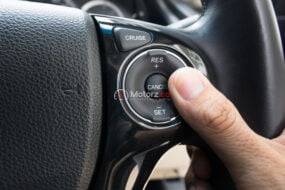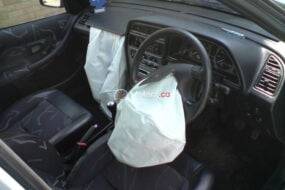3D Printing in Car Manufacturing The Future of Customization The automotive industry is on the brink of a technological revolution, and at the forefront of this transformation is 3D printing. This cutting-edge technology has penetrated various sectors, and now, it is making waves in the car manufacturing landscape. 3D printing, also known as additive manufacturing, has the potential to redefine the way we design, produce, and personalize vehicles. This article explores the role of 3D printing in car manufacturing and how it is shaping the future of customization in the automotive industry.
Overview of 3D Printing in Car Manufacturing
Traditionally, car manufacturing has relied on conventional methods such as injection molding and die casting. However, these methods come with limitations in terms of design flexibility and cost-effectiveness. 3D printing addresses these challenges by allowing for the creation of complex and intricate parts with reduced waste. The process involves layer-by-layer additive construction, enabling the production of customized components that were once thought impossible.
Customization Advantages
One of the primary advantages of 3D printing in car manufacturing is the unprecedented level of customization it offers. Automobile enthusiasts can now personalize various aspects of their vehicles, from interior components to exterior aesthetics. This shift from mass production to mass customization empowers consumers to have a more active role in the design and features of their cars. This trend is particularly appealing in a market where individuality and uniqueness are increasingly valued.
Design Innovation and Complexity
3D printing unlocks a realm of design possibilities previously constrained by traditional manufacturing methods. Complex geometries, intricate patterns, and lightweight structures can be achieved with ease. Car designers are now able to push the boundaries of creativity, resulting in vehicles that are not only visually stunning but also functionally superior. This innovation in design is a pivotal aspect of 3D printing’s impact on car manufacturing.
Reduced Lead Times and Rapid Prototyping
Traditional car manufacturing processes often involve long lead times for tooling and prototyping. 3D printing accelerates this phase by allowing rapid prototyping, reducing the time it takes to bring a concept to the physical prototype stage. This not only expedites the overall production process but also enables manufacturers to quickly iterate and refine designs, fostering a more agile and responsive industry.
Sustainability in Manufacturing
As sustainability becomes a central focus in various industries, 3D printing in car manufacturing aligns with eco-friendly practices. The additive nature of 3D printing minimizes material waste, as it only uses the necessary amount of material to create the object. Additionally, the ability to recycle and reuse certain materials in the 3D printing process contributes to a more sustainable approach to car production, reducing the industry’s environmental footprint.
Challenges and Limitations
Material limitations, post-processing requirements, and the scalability of the technology for mass production are areas that require further development. As the technology matures, researchers and engineers are actively addressing these challenges to unlock the full potential of 3D printing in the automotive sector.
Industry Adoption and Case Studies
Several major players in the automotive industry have already embraced 3D printing for prototyping and even production. Companies like BMW and Ford have integrated 3D printing into their manufacturing processes, showcasing its viability in real-world applications. These pioneers serve as examples of how the technology is gradually becoming an integral part of mainstream car production.
Consumer Impact and Market Trends
As 3D printing becomes more accessible, the automotive market is witnessing a shift in consumer preferences. Buyers are increasingly valuing the ability to customize their vehicles, and manufacturers are adapting to meet this demand. This trend is likely to reshape the industry, with a focus on providing personalized, unique driving experiences.
Regulatory Considerations
As 3D printing becomes more prevalent in car manufacturing, regulatory bodies are working to establish standards and guidelines for ensuring the safety and reliability of 3D-printed automotive components. Addressing these regulatory considerations is crucial for widespread adoption and acceptance within the industry.
Conclusion
In conclusion, 3D Printing in Car Manufacturing is ushering in a new era of customization in the automotive industry. From design innovation and reduced lead times to sustainability and consumer empowerment, the impact of 3D printing is profound. As the technology continues to evolve, it is poised to revolutionize the way cars are designed, produced, and personalized. The future of car manufacturing is undeniably intertwined with the endless possibilities that 3D printing brings to the table, promising a dynamic and exciting road ahead for the automotive industry.
3d Printed Car Making
Customization 3D Printing in Car Manufacturing
Design Innovation 3D Printing in Car Manufacturing
Future of 3D Printing in Car Manufacturing











